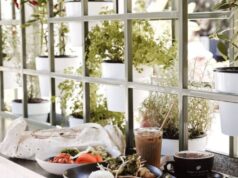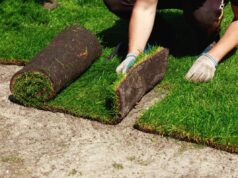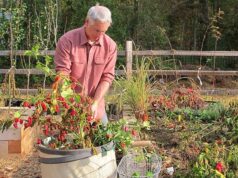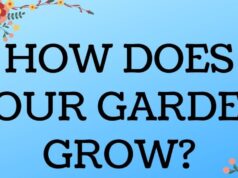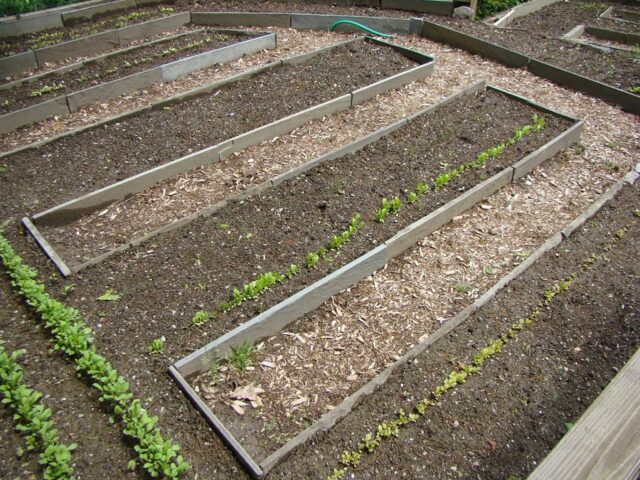
With the arrival of spring, plants start to grow again. Those lucky ones who have a yard are already dealing with it and planning what and when to plant and sow. An experienced gardener knows the land and its needs, and also where to start. Absolute beginners must first and foremost be thoroughly educated and informed, because gardening is both a science and a skill and an art.
Many people naively believe that planting starts with seeds and their desire and choice of what to plant. They will quickly realize that the basis of any garden is land, whether it is vegetables, flowers or both. Also, it is necessary to define whether gardening will be your hobby or you are planning to grow it for sale. It would be good to decide whether you want an organic garden or you will use some products that contain chemicals.
Whatever combination you make in your mind, you have to start from the ground up, and that is land. It is best to take the following steps to properly form a garden:
1. Check the composition of the soil
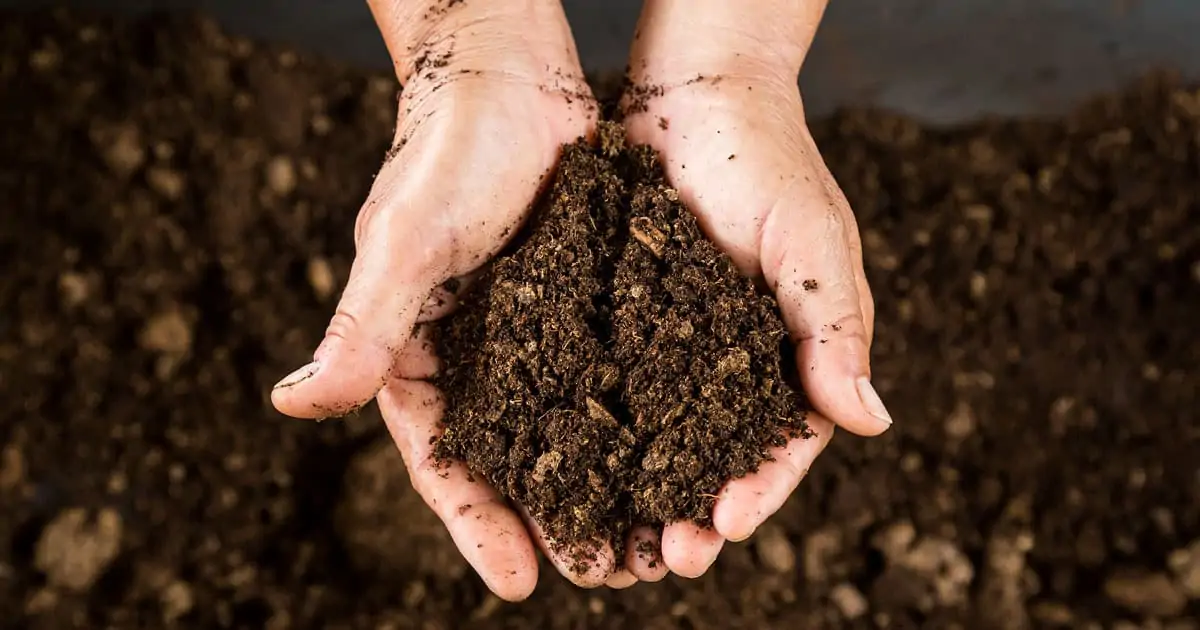
If you want your garden to be a nursery for lush flowers and healthy, large vegetables, you should check the existing PH of the soil. PH indicates whether the soil is alkaline, acidic or neutral. This is done by taking the samples to specialized laboratories that deal with it. Also, more experienced gardeners know that certain plants – indicators grow on acidic soil (chamomile, and blueberry), on neutral soil grows clover and mustard. There is humus, fertile and the best soil, but also sandy and clay. Everyone has their own specifics, not only in terms of plants that can grow, but also the leakage of water and nutrients. The existing soil structure can be changed by adding ingredients, such as fertilizer, lime, sand, minerals.
2. Removal of weeds, stones, branches
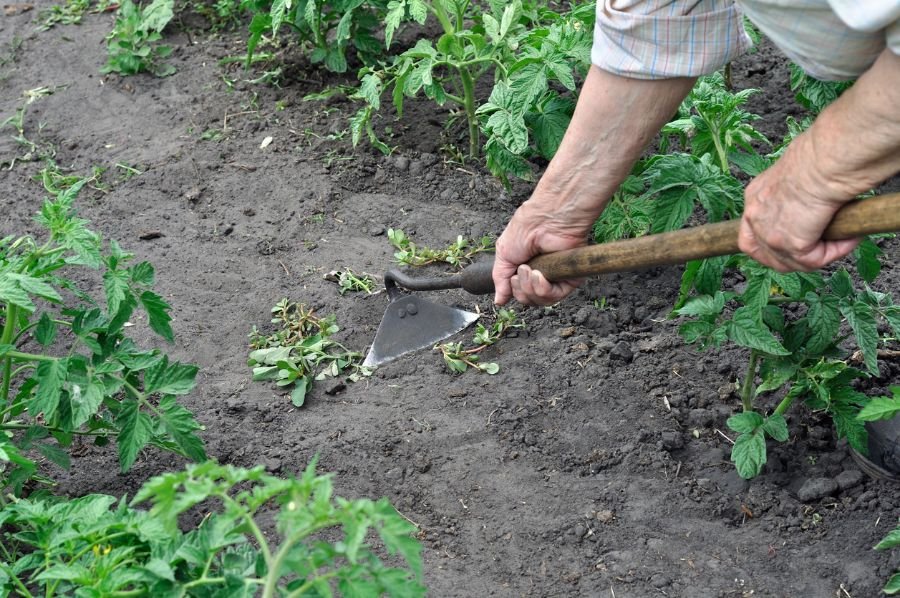
Your job starts with cleaning. The soil provided for the garden must be free of weeds, stones, twigs, any things that could interfere. All this must be removed, at the very beginning and only then proceed to processing. All types of grass and weeds must be removed in detail, and it is best while they are young and growing. If it matures and forms seeds, they will scatter it around themselves and you will again have a situation with more weeds, next spring. When black, fertile soil is left, without weeds, this soil is recommended for planting.
3. Tillage
The first step is to cultivate the soil. So, the earth is dug at a depth of about 8-12 inches and turned over to be exposed to sunlight, oxygen and to add nutrients to it. This process is best done in the fall and leave the overturned ground to freeze during the winter, to accumulate moisture at greater depths (from snow and rain). When spring comes, it is good, once again, to overturn the soil and, if necessary, add organic or mineral fertilizer. Tilling the soil is done when the soil is moist, but not completely wet and muddy.
4. Mixing of soil and fertilizers
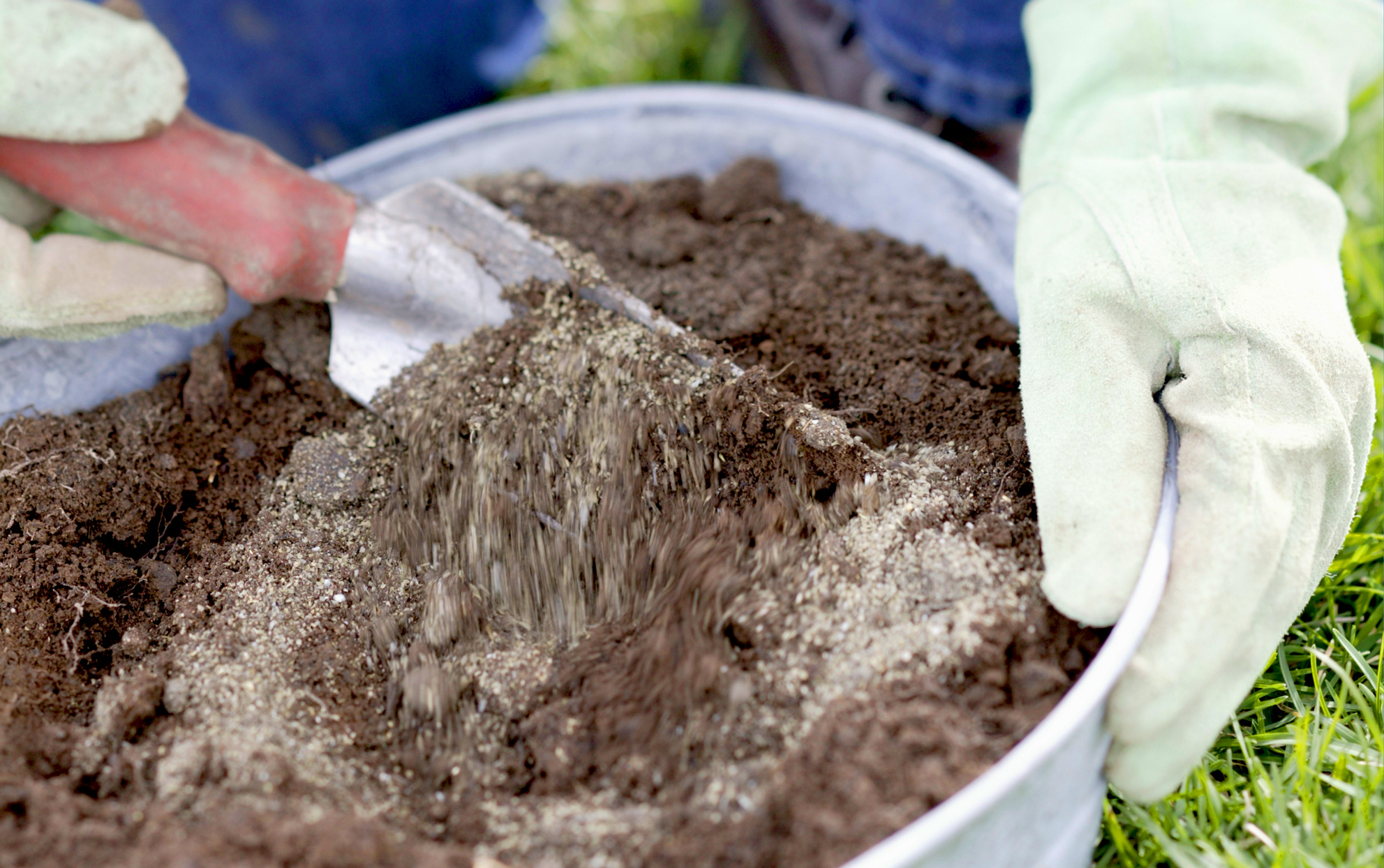
Regardless of the quality of the soil and type, its PH value, it is usually necessary to intervene with a nutrient, preferably compost, organic animal or chicken fertilizer and minerals Sodium, Phosphorus and Potassium. Follow the instructions, because too much fertilizer can burn the root and expose the plant to sudden leaf fall and possibly drying. Too much fertilizer is bad, as well as too little. When it is added, it is necessary to mix it well with the ground and chop and rake everything together. Experts from LessMess Canada explained to use importance of adding mulch and compost as well.
5. Irrigation

There are no vegetables without irrigation. Ideally, the amount of precipitation should be such that the soil is constantly moist enough. Of course, it also depends on the climate zone in which you live, and given the global climate change, there are no guarantees anywhere else. So you need to provide your garden with regular and proper irrigation. There are different types of irrigation. Drop by drop, where the water is constantly placed directly at the root, then the classic watering, and there is foliar wetting, over the leaves.
6. Garden planning
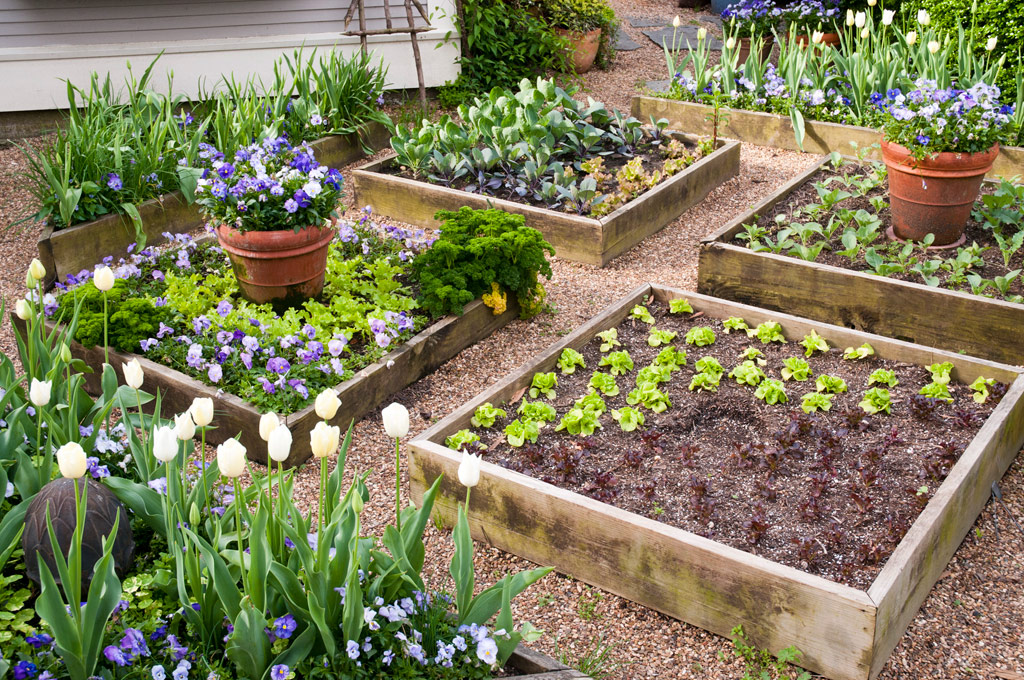
While you were cultivating and fertilizing the land, you must have already created a vision of what and where you would sow or plant. It is important that the vegetable garden is positioned in the sun and that it has good soil drainage. If too much moisture is retained in the soil, the roots of the plants will rot and all your efforts will be in vain. Make plots for different crops, form furrows and start planting. Very soon, after a few weeks, the first, tender plants should start to sprout.
7. Plants that drive away pests
In order not to cover the garden and its fruits with chemicals that are effective, but not at all popular, plant plants that repel lice, beetles, moles, voles … so insects and rodents, and prevent some plant diseases. These are basil, garlic, mint, rosemary, lavender, chrysanthemum, marigold, lemongrass… Plant them in the beds themselves, and around and around your vegetables will be protected, and around it will spread the scents worthy of the Garden of Eden.
Conclusion:
The decision to form a garden, especially with vegetables, requires effort, knowledge and physical condition. No matter what you prepare and plant everything, according to the rules, you must know that the work continues. Constant monitoring of the growth and development of plants and fruits, prevention and destruction of diseases and insects, removal of weeds that continue to grow, especially if it is a rainy year, watering if there is a drought… The garden requires constant engagement and attention. However, there will come a time of picking fruits and maximum enjoyment, not only at the table, but also when picking. You planted and raised everything. In today’s time of hypermarkets and anemic and tasteless offerings of fruits and vegetables, you will have at your disposal fruits that everyone will envy you. Beautiful and attractive to the eye, magical, antique, authentic garden scent, and the tastes we remember will take us back to childhood. Garden work enriches both spirit and body, makes us spend time active and contemplative.

